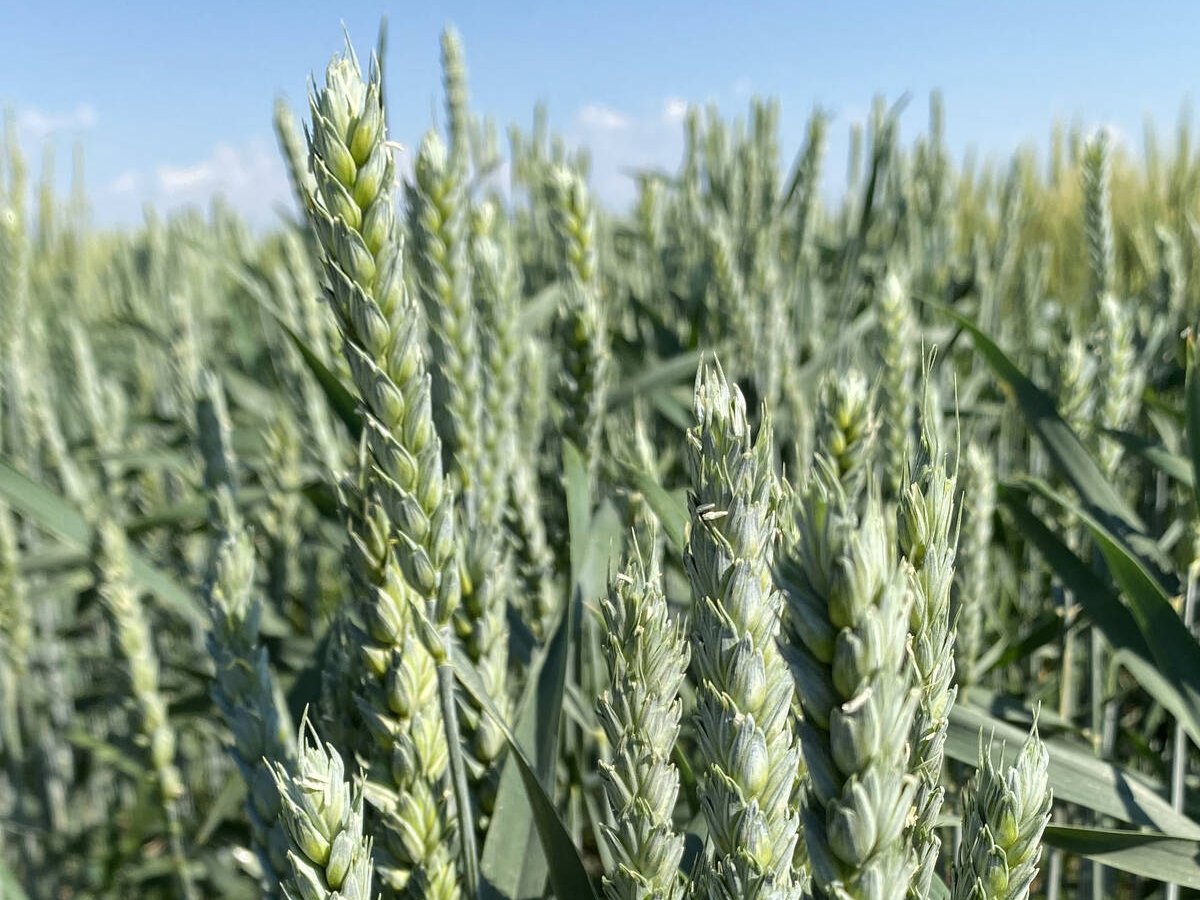Moving wheat | Analyst expects slow U.S. exports and a large winter wheat crop to contribute to falling prices
Grain analysts say wheat has seen its highs and prices will fall due to a combination of slumping exports and a good-looking U.S. winter wheat crop.
Tom Leffler, owner of Leffler Commodities in Augusta, Kansas, said U.S. wheat inspected for export has declined for the sixth straight week.
Year-to-date shipments are still 154 million bushels above the pace needed to meet the U.S. Department of Agriculture’s wheat export forecast but the pace of shipments is slowing and that has markets on edge.
Read Also

Discovery promises big wheat yield gain
University of Maryland researchers have discovered a gene that produces three grains per wheat floret instead of the usual one.
“They really kind of thought we were just going to keep right on exporting like crazy,” said Leffler.
“Well, we’re not shipping it out near as fast as what they thought we were going to.”
The other big factor that will eventually weigh down wheat prices once the market turns its attention away from harvest in Argentina and Australia is the “impressive” start to the U.S. winter wheat crop.
“A lot of my clientele in the southern Plains here, they’re seeing some of the best conditions to put their wheat in the ground in the last two or three years,” he said.
“They’re actually looking at some of their best prospects to getting the crop off to a good start.”
Growers had planted 86 percent of the winter wheat crop as of Oct. 27. The U.S. Department of Agriculture estimates 61 percent of the crop is in good to excellent shape compared to 40 percent the same time a year ago. That is a marked improvement.
Leffler said there is no direct correlation between early-season crop condition and final yields but a good start reduces the risk of spring abandonment.
Allendale Inc. is forecasting a 1.5 million acre increase in U.S. winter wheat plantings over last year, for a total of 44.24 million acres.
Rich Nelson, chief strategist with Allendale, said it is easily the best crop condition in three years due to vastly improved moisture conditions.
“We’ve got some regular rains in the Plains. In fact, we’ve gotten the entire year’s normal rain within about two months or so for a portion of the Plains — Oklahoma and western Kansas.”
He has little doubt there will be a two to five percent increase in total U.S. wheat production in 2014-15.
“For years we’ve been talking about a good wheat crop. Finally we have one in hand. It looks like we’ll be really taking advantage of it here next summer,” said Nelson.
He believes the tightness in U.S. winter wheat supplies will be alleviated by next summer, which doesn’t bode well for prices.
Leffler agreed that prices could be heading down. It is already happening with old crop prices.
“The new crop (price) I think is eventually going to have to crumble at the pressure of the (winter wheat) crop looking as good as it is this early in the season.”
Arlan Suderman, senior market adviser with Water Street Advisory, said wheat is losing steam as crop conditions improve in China, the Black Sea and Argentina.
“The things that were attracting the outside money to come into the wheat market are just starting to dry up right now,” he said.
“There’s really nothing to sustain it and when that happens in the wheat market it tends to drift lower.”
Leffler said the U.S. winter wheat crop still has a long way to go and prospects can change in a hurry.
For instance, last year the U.S. winter wheat crop got off to a miserable start with a combination of drought and frost damage but the year ended on a good note in some of the most important production regions of central Kansas and Oklahoma.
“We actually had some near record yields through these areas here that really helped carry the winter wheat production,” he said.
“I had clients down in central Oklahoma that would have sold me every acre of their wheat if I guaranteed them 25 bushels (per acre). They came in way over 25. These guys were really surprised the wheat turned out much better than they thought it was going to.”















